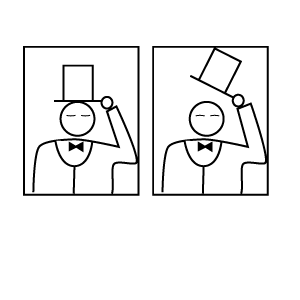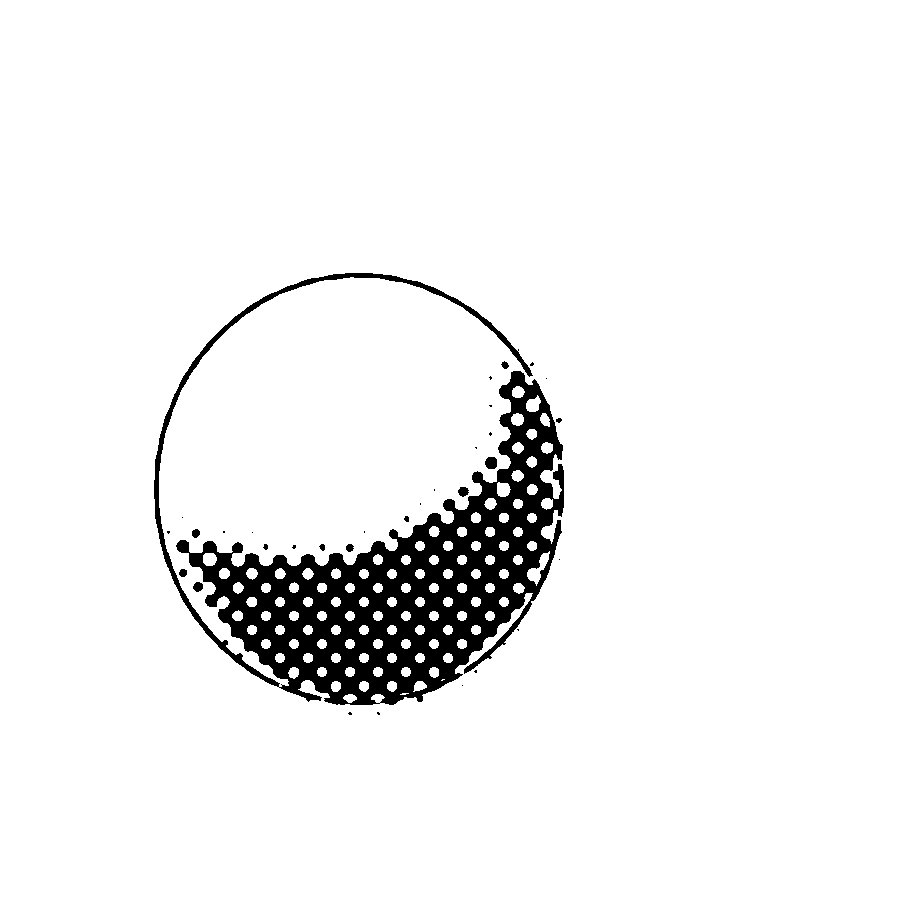Beaty’s conceptualization of comics as institution or world offers us an inroad into comics as scholarship just as it seemingly removes the need for such scholarship. What he gives with one hand he takes with the other. If we are concerned not with the form, function or essence of comics but with a comics world, then all comics scholarship is already part of this world. However, any focus on comics as scholarship might seem to be useless: with no concern for comics as form, function, or essence we are hard pressed to distinguish comics scholarship from comics as scholarship. That is to say, if comics are distinguished only historically, why would we attempt to do comics as scholarship? Without some kind of formalist, functionalist, or essentialist definition, this special issue would lack purpose.
While this simple reading of Beaty (and I think he might object to its simplicity) removes the emphasis on the aesthetics of comics, Beaty is of course deeply invested in such aesthetics. Throughout his works he shows a keen eye not to a transparent network of relationships in the comics world, but to the aesthetics of comics themselves. We should follow his lead, I think, in teasing out exactly how we might retain an interest in aesthetics while sacrificing the essentialism that has characterized much of comics scholarship.
To this end, we will investigate the three terms he aligns together in the essentialist camp: form, function, and essence. Each has a long and complex history, and this article will do little to approximate such a history.
Is This Article a Comic?
part two: form, function, essence

*To offer some idea of the term’s semantic domain in Beaty (and those he quotes), I have pulled a few quotations organized by their referent.
Primarily, functionalist refers to the same kind of definition that is created by the essentialist and formalist camp. Indeed, in just three pages Beaty introduces three paragraphs that are describing similar efforts in different media as “Essentialist definitions of picture books” (39), “functionalist definitions” of artist’s books (40), and “formal definitions of artist’s books (41). The context makes clear that these efforts are being compared, not contrasted.
However, function sometimes refers to a social function: “While [McCloud’s] attention to formal properties has helped to reorient the discussions of comics away from their social function . . .” (35). Other times, it refers to the author function that produces a comic: “the power and the prestige of the author function continued to beckon to comics” (73; see also 84 on the author function in cinema). Still other times, function refers to the purpose of comics as readable objects: “critics like Maurice Horn are quick to constrain comics with literary terms: ‘functionally, the comics would seem to belong to some literary discipline, as they are chiefly meant to be read’”(44). When responding to Andrew D. Arnold’s critique of Gary Panter, Beaty is especially critical of this sense of function as purpose:
‘I think Jimbo in Purgatory fails because it denies its audience a key function of its form: readability . . . Jimbo in Purgatory cannot be read in any involving way. It can only be looked at . . . Were Jimbo in Purgatory presented on the walls of a gallery, rather than a book, it would be inarguably remarkable. But in its chosen form, with the pretense of a story and characters but no reasonable entrée into them, the book fails in spectacular fashion.’ Arnold’s disdain for works that blur the boundaries of the gallery art world and a literary-minded comics world may be more widely shared than Kelley’s exuberant celebration of the genre busting cartoonist, but it is a poor match for an artist who claims that ‘I’m aware of Picasso from beginning to end, just as I am aware of monster magazines and Jack Kirby. The intersections between them, in line, form, and populism provided the foundation for my artistic beginnings,’ and ‘I make the rules of the game that becomes my art.’” (132)
Panter’s conflation of “line, form, and populism” further muddies these waters. Finally, The readerly function and function of elements come together as Beaty, replying to Harvey’s claim that “No serious consideration of the art [of comics] can overlook the narrative function of pictures” (quoted in Beaty 45) reminds us that “despite Harvey’s admonition, there is a strong tendency not merely to overlook the function of images in comics, but to ignore them altogether” (45). I have identified these different usages not as mere academic onanism, but to demonstrate what I do and do not mean by function.


Form
Function
Essence
By form I refer to the sensory data we receive from an object. This might include sight, sound, touch, taste, and feel, though with comics we are concerned primarily with sight and only secondarily with the synesthetic effect visual stimuli have on the other senses. Under form we might examine line, contrast, composition, layout, color, texture, and a great many other aesthetic terms. Significantly, form is frequently opposed to content: the meaning of the page. However, as we saw in Ball and Moller, form and content cannot be easily separated, for it is form that gives content its materiality.
Function is perhaps a slightly more complex notion than form in that it refers to a larger variety of concepts. Within Beaty, function refers to the social function of comics, the author function (a concept borrowed from Foucault), and the function of comics as objects to be read.* We might add to this something a bit closer to Groensteen: the function of specific elements working with each other to create meaning. While comics certainly have their social function (and, indeed, Beaty’s conceptualization seems to depend on this, or at least their institutional function), this meaning does not align itself against form in the same way that Groensteen’s use of function may. When Beaty refers to Groensteen and Hayman and Pratt’s definitions as functional, I think it is in the sense of the function of distinct elements to create meaning in concert with other elements, and this will be the use I will make of it. This would explain why he sees their functional definitions building on McCloud’s. The author function and the function of comics as objects to be read similarly fail to describe the definitional work of McCloud, Groensteen, and Hayman and Pratt.
Reflections on the relationship of form to function has already filled many shelves, and we need not spend too much time on it here. It is sufficient to point out that, although these terms may be made to line up with form and content, function differs radically from content. Whereas content connotes a static meaning lying within the form dependent on an intent of the author and discernible by a reader, function evokes the relationships between different elements on the page that in turn illuminate the complex relationships between author, reader, and material.
Of these last two, essence seems more comfortably tied to content than function does. The opposition between essential and constructed views of texts demonstrates this well enough. I therefore have little interest in proposing any essential definition of comics.
In this next section, I will construct a concept of comics based on form and function. With that concept we may return to the question with which we began: Is this article a comic?
Deleuze's Concept